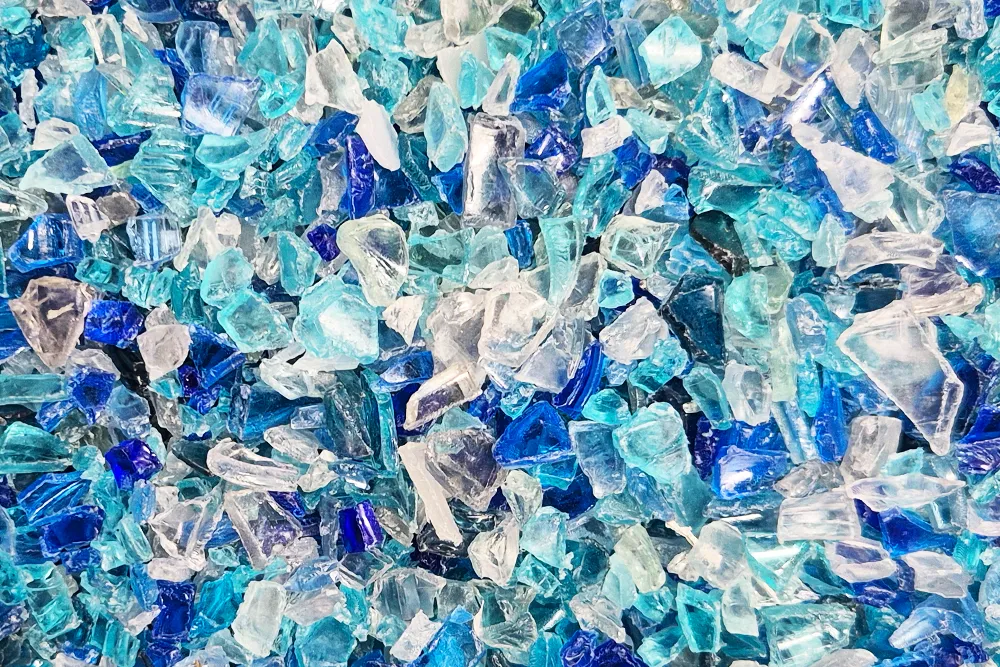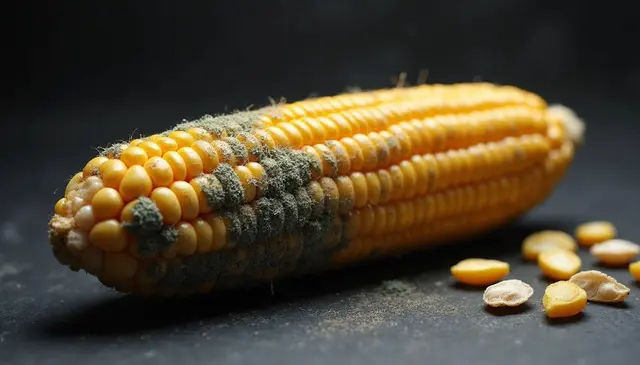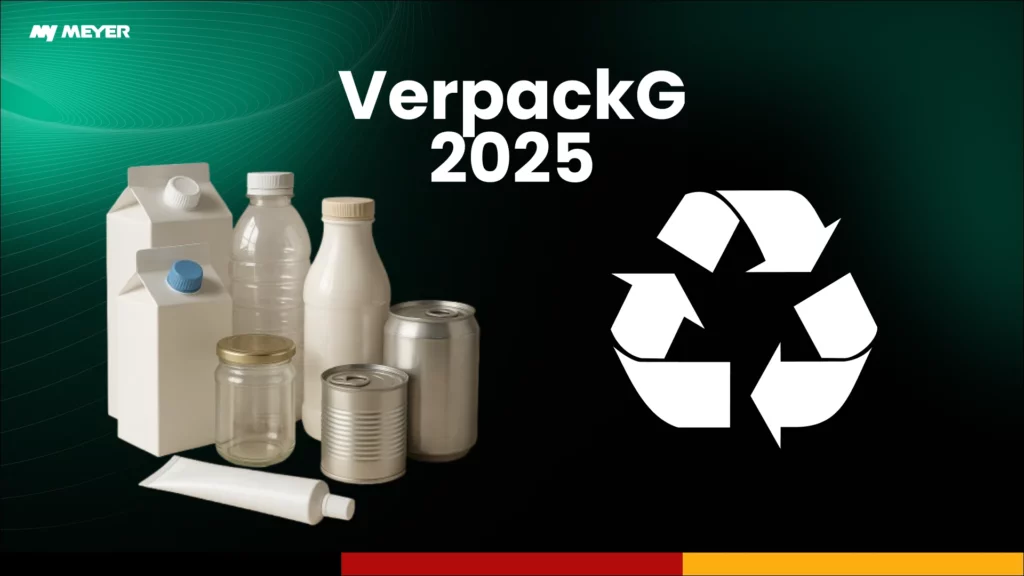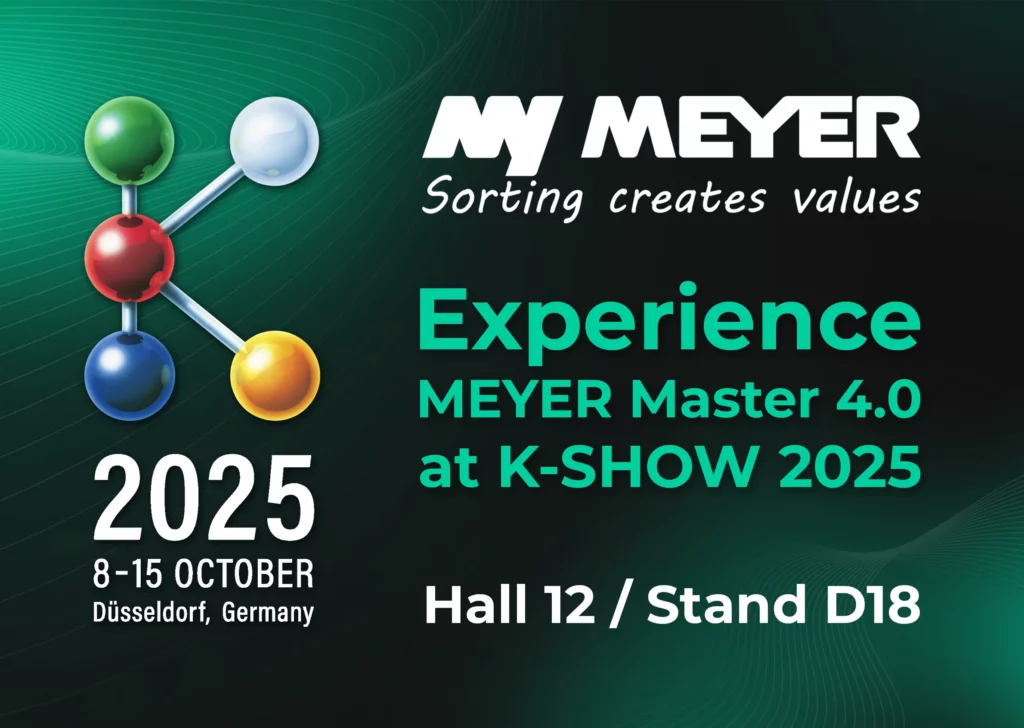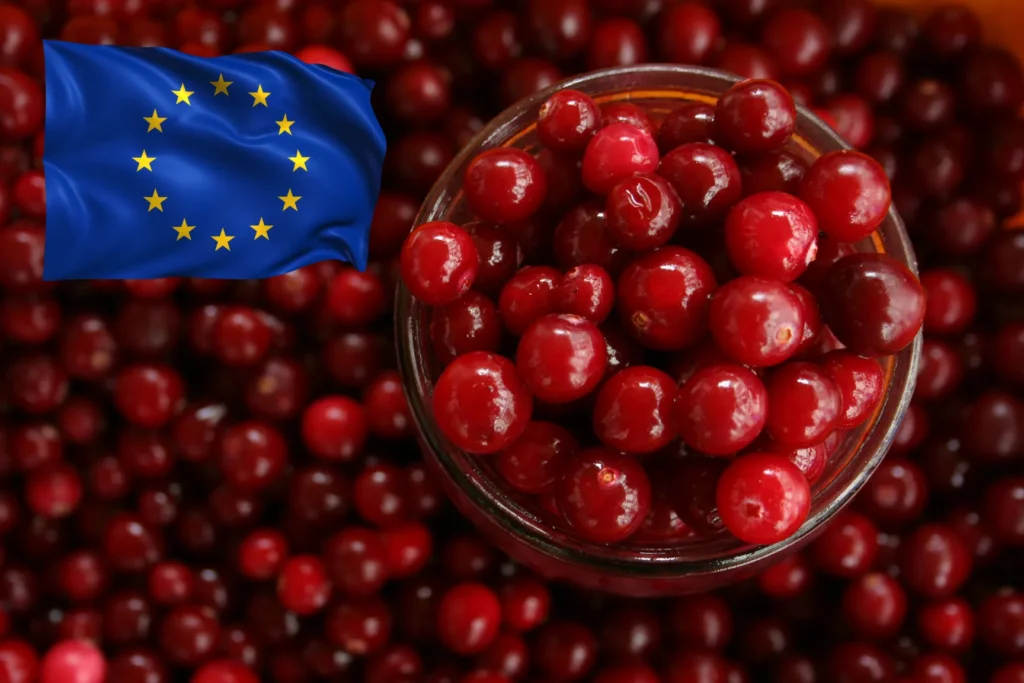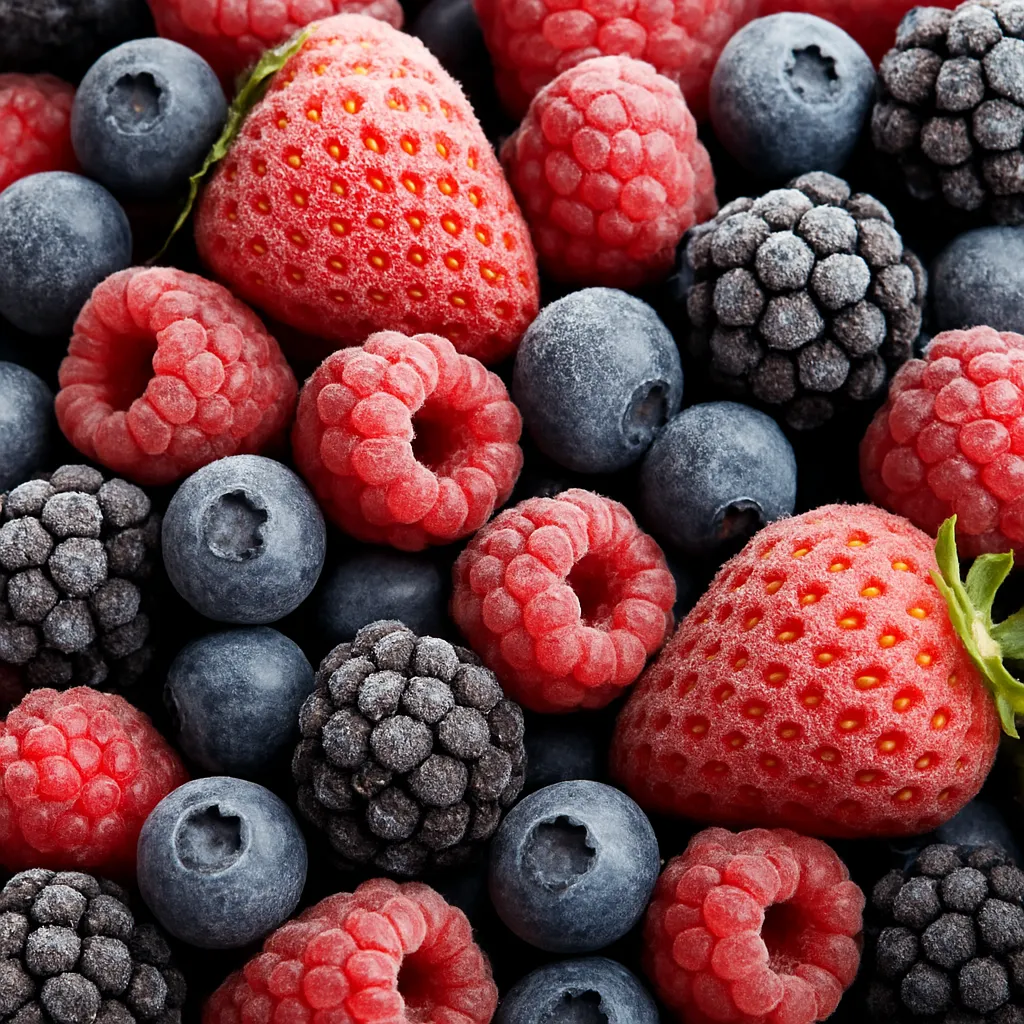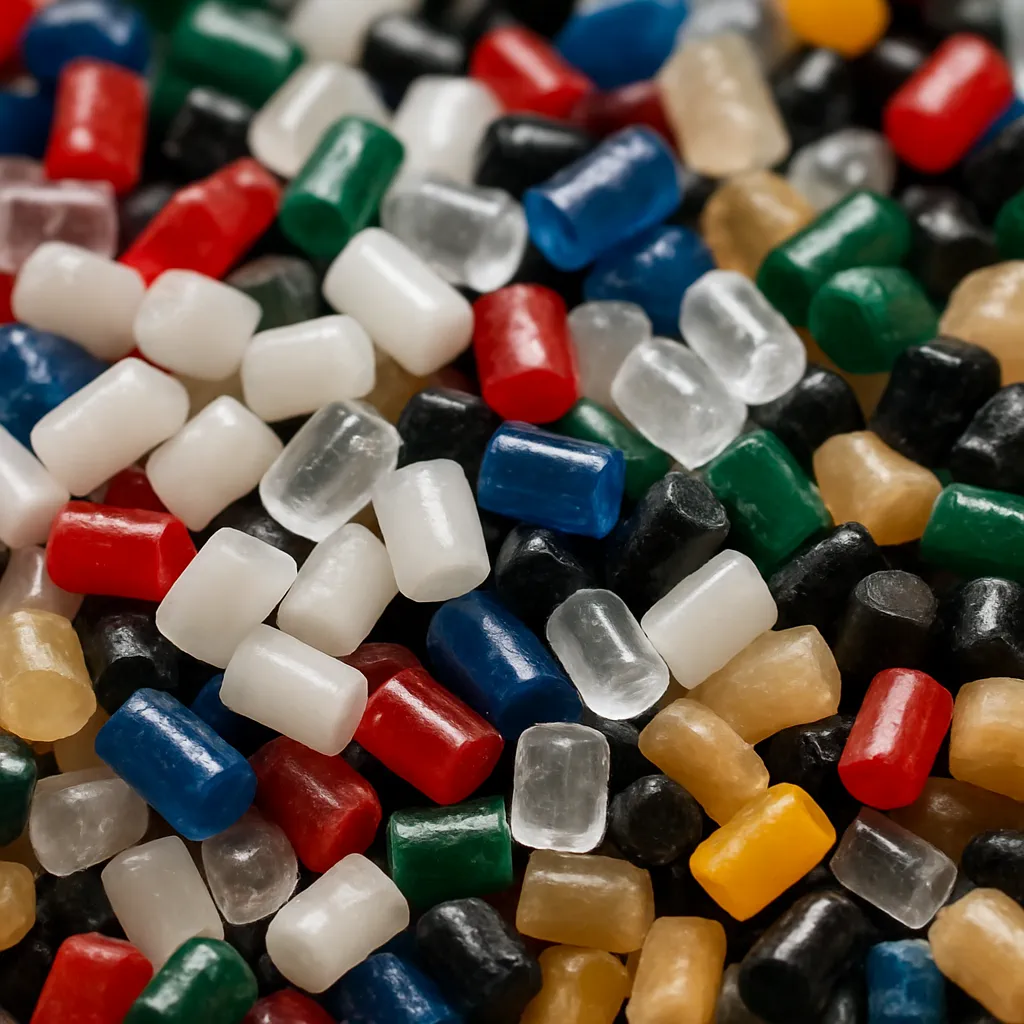Introduction
Plastic waste is a major environmental issue today. PET or Polyethylene Terephthalate, is one of the most common plastics found in everyday items. Manufacturers use PET in beverage bottles, food containers and other packaging because it is strong, safe and versatile. As more people want sustainable solutions, recycling PET has become crucial for reducing plastic waste and saving resources.
However, recycling PET plastic well depends a lot on sorting it properly. This is where optical sorting technologies come into play. These technologies help make recycled PET better by reducing contamination and making the recycling process more efficient.
This article will look at how optical sorting technologies are changing PET recycling. It will also show how they help create a more sustainable future.
Importance of Sorting in Plastic Recycling
Sorting is the key to recycling plastic well. Without proper sorting, the whole recycling process can fail. Proper sorting ensures that plastics are separated by type, color and quality. This separation affects how useful and valuable the final recycled product is.
Good sorting makes recycling work better by reducing contamination and creating high-quality recycled materials. A study found that poor sorting leads to 25% of recyclable plastic going to landfills. This information comes from a report by the Waste & Resources Action Programme (WRAP). Another report from the Ellen MacArthur Foundation states that improving sorting processes could lead to a 50% reduction in plastic leakage into the environment (source: Breaking The Plastic Wave).
Sorting plastic is like sorting laundry: if you mix whites and colors, your clothes can get ruined. Mixing different types of plastics can make the recycled materials worse. Proper sorting ensures that each type of plastic maintains its integrity and value, allowing for efficient recycling and repurposing.
The importance of sorting can also be better understood with the following comparison of sorted versus unsorted plastic recycling:
| Sorting Quality | Outcome in Recycling |
| Properly Sorted Plastics | High-quality recycled products, minimal contamination |
| Poorly Sorted Plastics | Low-quality products, higher contamination, increased waste |
Sorting PET plastics well helps create better quality recycled products. It also supports the circular economy. This reduces the need for new plastic and saves valuable resources.
Is PET Plastic Recyclable?
What is PET Recycling?
PET (Polyethylene Terephthalate) is a type of plastic that is popular because it is strong, safe and versatile. Recycling PET means collecting used bottles and containers and turning them into new materials. What makes PET special in recycling is that it can be recycled many times. It does not lose much quality, making it a great fit for a circular economy.
Recycling PET is similar to recycling paper. Used paper can turn into new notebooks. Similarly, PET can become new bottles, fibers or clothes. This process helps keep its original quality.
PET plays a key role in sustainable packaging solutions, helping reduce the dependency on virgin materials and minimizing the environmental impact. The clear transparency of PET also helps in identifying its type, which makes sorting easier compared to other plastics.
How is PET Being Recycled?
The recycling process of PET involves several steps:
- Collection: Collecting used PET bottles and containers from homes and businesses.
- Sorting: Separating PET from other types of plastic using different methods like optical sorting or manual sorting.
- Cleaning: Washing the PET to remove labels, glue and dirt.
- Shredding: Cutting PET into small flakes that can be reused.
- Optical sorting: Separation of PET flakes by color, then polymer sorting and sorting using UV light (sorting of aging materials)
- Repurposing: Melting the PET flakes to make new fully recycled products like fibers, carpets or new bottles and pet packaging.
Despite the seemingly straightforward process, there are specific challenges involved in each stage, such as contamination from labels or other types of plastics, which can significantly affect the quality of the final recycled product. Effective sorting and cleaning are crucial to overcoming these challenges.
Is Recycled PET Plastic Safe?
Recycled PET plastic or rPET, is safe to use, especially in food packaging. In fact, rPET is often used to make new beverage bottles and food containers.
Recycled PET is carefully checked for safety. Agencies like the U.S. Food and Drug Administration (FDA) and the European Food Safety Authority (EFSA) oversee this process. These agencies have approved the use of rPET in food and drink packaging.
It’s like reusing a glass jar: once it’s cleaned well, it can be used again to store food safely. The same concept applies to recycled PET—provided it undergoes thorough cleaning and processing, it can be safely repurposed without risk to consumers.
The biggest worries about recycled PET are related to contamination during collection and processing. However, advancements in sorting and cleaning technologies, particularly optical sorting, have drastically improved the safety and quality of rPET, making it a reliable alternative to virgin plastic.
Are PET Bottles Recyclable?
Yes, PET bottles are some of the easiest plastic products to recycle. They are collected extensively in many recycling programs around the world due to their high value and ease of processing. PET bottles are typically turned into new bottles, textiles, carpets, or even 3D printing filament, making them incredibly versatile.
Think of PET bottles like building blocks—you can break them down and turn them into different shapes again and again. This ability to be reshaped makes PET bottles a staple in the recycling industry, contributing significantly to reducing plastic waste and supporting sustainability goals.
The versatility of PET means that it can contribute to a wide range of products, from new beverage bottles to clothes made from PET fibers. This makes PET recycling a crucial element in achieving a circular economy, where resources are reused rather than wasted.
PET Recycling Contamination and Its Effects
Contamination is a major challenge in the PET recycling process. It means having unwanted materials like other plastics, labels, adhesives or food residues. These can lower the quality of recycled PET.
Contaminated PET harms the physical properties of recycled material. It also limits its use, especially in high-value products like food-grade packaging.
Different types of contamination, including mixed plastics, leftover residues and foreign materials, significantly impact PET quality. For example, when non-PET plastics are mixed in, it is hard to get a pure output. This can lower the quality of the final product and make it unsuitable for sensitive uses.
Contamination in PET recycling reduces efficiency by requiring additional cleaning and sorting steps, which increase costs and energy consumption. Contaminants can cause more recycled material to go to landfills. This happens because it becomes harder to process.
By reducing contamination with good sorting methods, recycling facilities can create better recycled PET. This also helps improve processing efficiency and supports a more sustainable recycling system.
How Can PET Plastic Be Sorted?
You can sort PET plastic in different ways, each with its own pros and cons. The main sorting methods include:
- Manual Sorting: This involves workers manually separating PET from other materials. While it works well to some degree, it requires a lot of effort and can have human mistakes. This makes it less efficient for large operations.
- Density Separation: This method utilizes the density differences between PET and other materials. PET, being denser, sinks in water while other lighter materials float. Although this method can be effective, it may not always separate PET from all contaminants accurately.
- Mechanical Recycling: Mechanical methods include various machines that use screens, air classifiers and magnets to separate PET. These methods can be helpful, but they often lack the precision needed for a high purity rate. This is especially true when working with mixed plastic waste.
- Optical Sorting: Optical sorting uses advanced sensors and artificial intelligence to precisely identify and separate PET from other materials. This method achieves high purity rates and significantly reduces contamination, making it the best option for efficient and quality recycling of PET.
Limitations of Traditional Sorting Methods
Traditional sorting methods have limitations that hinder the quality of recycled PET. Manual sorting is prone to inconsistency, density separation can leave behind unwanted materials and mechanical methods often struggle with complex mixtures. These limitations highlight the need for better sorting technologies. Optical sorting can help produce higher-quality recycled PET.
PET Optical Sorting Improves End Product Quality
Optical sorting technologies represent a significant advancement in the field of PET recycling. These technologies use sophisticated sensors and artificial intelligence to accurately identify and separate different types of plastics.
Using near-infrared (NIR) spectroscopy, optical sorters can identify material types. Color sensors help tell apart different colors. This process ensures that only pure PET is chosen for recycling.
UV light sorting. This method allows for the rejection of “aging flakes”, improving the overall quality of the final PET fractions.
How Optical Sorting Technologies Work
Optical sorters utilize a combination of light-based sensors, cameras and air jets to sort materials automatically. When PET bottles pass through the conveyor, sensors scan each piece to determine its material and color. Once someone identifies a PET bottle, they trigger high-precision air jets to separate it from non-PET materials. This precision reduces the chances of contamination and ensures that the process retains only high-quality PET.
Benefits of Optical Sorting in PET Recycling
The introduction of optical sorting has greatly improved sorting precision, resulting in higher-quality recycled PET. Traditional sorting methods often struggle to achieve the level of accuracy required to minimize contamination, leading to inconsistencies in the recycled product. Optical sorting can achieve even over 99% purity rates. This greatly reduces the need for manual re-sorting and boosts processing efficiency.
For example, facilities using optical sorting technologies see a big drop in contamination levels. This helps them produce high-quality recycled PET. This recycled PET meets the standards needed for sensitive uses, like food-grade packaging. This level of precision helps maintain the integrity of recycled PET, making it comparable in quality to virgin plastics.
Real-World Examples and Data
A clear example of how well optical sorting works is a European recycling facility. This facility installed a new optical sorting line.
Optical sorting is crucial for the PET industry. It helps improve recycling efficiency and quality. These improvements highlight its significance.
A study by Plastics Recyclers Europe found that using optical sorters increased the amount of PET flakes. These flakes are better for high-value uses, like making new beverage bottles. This was because the sorters could find and remove contaminants. These contaminants could harm the clarity and strength of the recycled plastic (source: Plastics Recyclers Europe Report).
Environmental and Economic Benefits
The benefits of optical sorting are not just about better quality. For manufacturers, high-quality recycled PET means they can use less new plastic. This saves money and helps the environment. Consumers also benefit because they get environmentally friendly packaging that is still safe and strong.
Reducing contamination enables more PET to recycle instead of ending up in landfills, which helps the environment. This is important for a circular economy. People can reuse high-quality recycled materials many times, which reduces plastic waste. Additionally, the increased efficiency provided by optical sorters results in lower energy consumption, further reducing the carbon footprint of PET recycling.
In summary, optical sorting technologies have revolutionized PET recycling by ensuring sorting precision, reducing contamination and producing high-quality recycled plastics. This not only supports a sustainable environment but also makes recycling more economically viable, benefiting both manufacturers and consumers alike.
Conclusion
Using advanced sorting technologies, especially optical sorting, is crucial for enhancing the quality of recycled PET. These technologies make recycling easier. They reduce contamination and help create recycled products that are nearly as good as new plastics. By investing in and adopting these technologies, industries can contribute to a more sustainable future.
We encourage industries to prioritize optical sorting technologies to maximize recycling outcomes and reduce environmental impact. Consumers have an important role to play.
They should recycle responsibly, stay informed and support new technologies. These advancements can make recycling more effective. Together, we can drive innovation in recycling and create a greener, more sustainable world.
